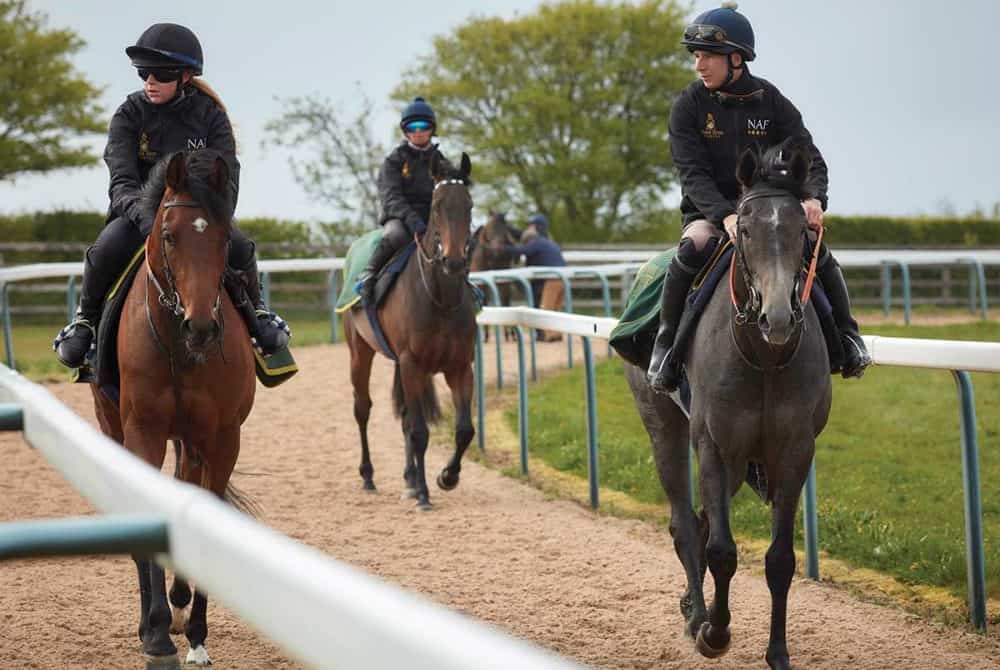Discover the myths that surround ex-racehorses with vet Kathy Duncan
Posted 30th November 2021
On the fence about ex-racehorses? Vet Kathy Duncan exposes some of the myths that surround the breed’s long-term health

For every owner who swears by an ex-racehorse as their equine of choice, that’s another that’s sworn off them – most often citing a tendency to break as their reasoning. Known for their agility, athleticism and versatility, Thoroughbreds have a lot to give to a new owner – they’re a highly adaptable breed, proven by the variety of disciplines they can be retrained in, but is there any truth in the opinion that an ex-racer’s more fragile due to their early athletic career?
Taking on a retired racehorse isn’t too different from choosing a horse who’s competed in any other athletic discipline. However, since most racehorses are managed in a similar way, there are some common issues that arise when the retraining process starts. So, how can you separate fact from fiction when it comes to the long-term soundness of your potential new prospect? Let’s take a look at what you can expect long-term and also debunk some common misconceptions surrounding these horses.
Problem solving
There are plenty of perks to buying and riding an ex-racehorse – speed, courage and agility to name a few. However, there are also drawbacks to having such an intense early career that can sometimes cause difficulties further down the line. While some of these can be racing career-ending, others won’t affect a horse after correct rehabilitation- there’s a suitable job out there for most horses.
Myth busting
Let’s begin by eliminating some outright untruths…
Myth: Ex-racehorses are more likely to break earlier than other horses.
Horses in any discipline can be forced to retire for a multitude of reasons, and it’s no different for racehorses. In fact, most don’t retire from racing due to injury and for those that do, their future use will depend on the type and severity of the injury sustained. For example, if a horse has sustained a severe tendon injury, he’ll be at a higher risk of repeat injury of the same tendon. Therefore, while it’s unlikely he’d go on and have a career that involves jumping or fast work, he’d likely remain sound as a hacking horse.
Myth: All racehorses have gastric ulcers.
Gastric ulcers are prolific in all types of equine athletes, but the relationship between gastric ulcers and racehorse training isn’t yet fully understood.
Racehorses are fed high-quality, balanced feeds, often four times a day with ad-lib forage, but factors such as limited access to turnout, regular exercise and being in ridden work are difficult to control on a training yard. Gastroscopy would be carried out as part of a poor performance examination in a horse who showed signs suggestive of ulcers, and ulcer treatment and protection is frequently used.
Keeping track
The record of every horse who’s ever raced in Britain and Ireland is available on the Racing Post. Gaps in a horse’s record might indicate that he’s had time off with an injury.
If you want to investigate further, the best place to find out about any previous injuries a horse may have is from the training yard itself. The trainers and staff who work there want the best for horses that leave the yard, so will likely be happy to speak to you. They’ll know all the minor ailments, quirks and favourite treats of a horse you may be interested in – so don’t be afraid to ask questions.
Pick up your copy of January Horse&Rider, on sale 2 December 2021, to discover more myths and facts about ex-racehorses










